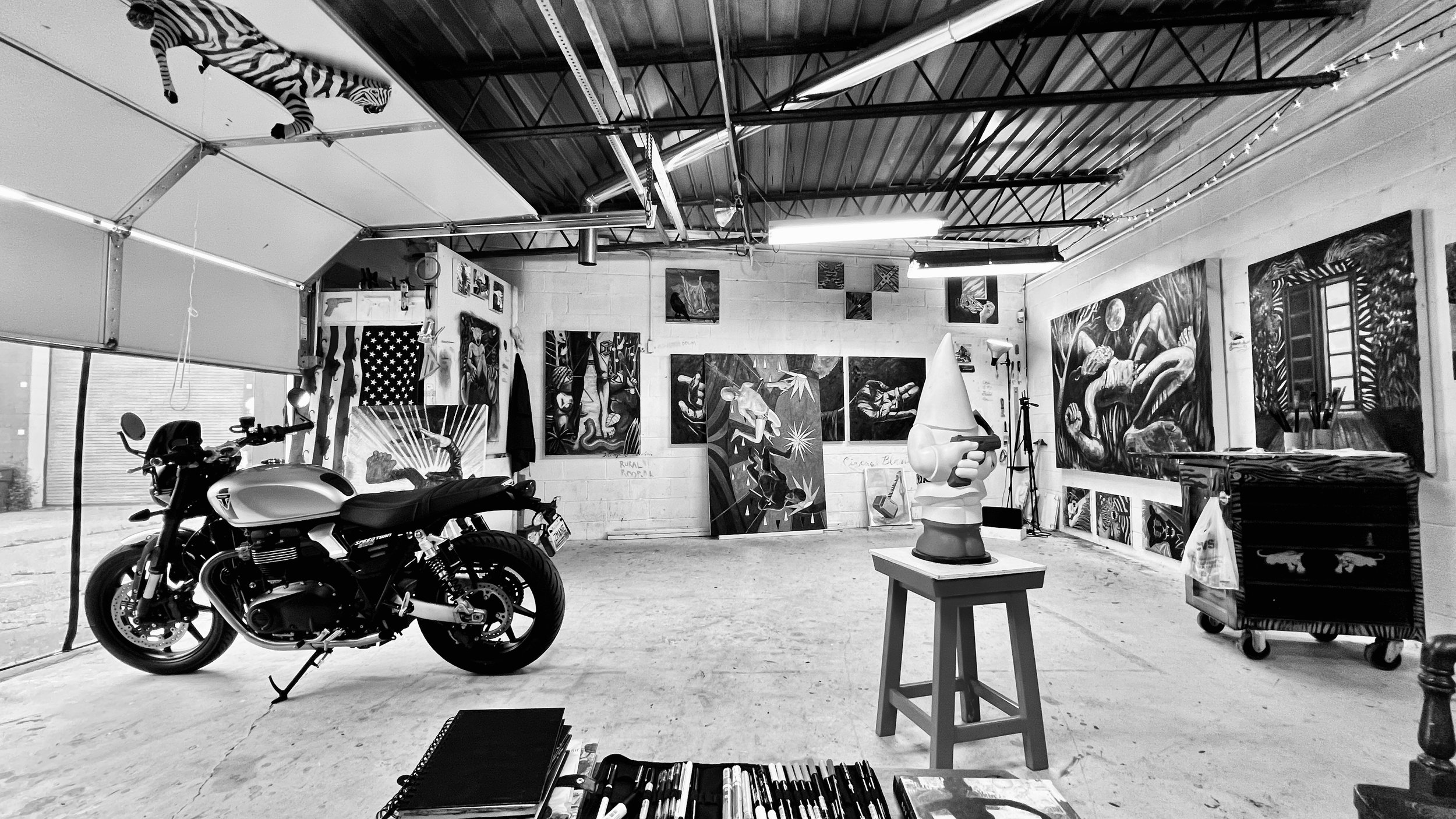Through oil painting, I explore the deep-rooted tensions that arise from the longstanding racial hierarchy in the United States. My work focuses on themes of interracial dynamics, identity, and the pursuit of racial equity. I use allegorical figure paintings—created primarily in black and white—as a vehicle for expressing these complex subjects.
By reducing my palette to monochrome tones, I emphasize the contrasts and dualities inherent in the experiences of marginalized communities. Each figure within my paintings represents a larger narrative of systemic racism, seeking to both acknowledge its enduring effects and provoke thought about its continued presence in contemporary society.
I aim for my work to inspire viewers to reflect critically on how the historical constructs of race shape our identities and relationships. Through this reflection, I hope to encourage deeper engagement with the ongoing struggle for racial equity and justice, motivating individuals to actively seek out understanding and change.
